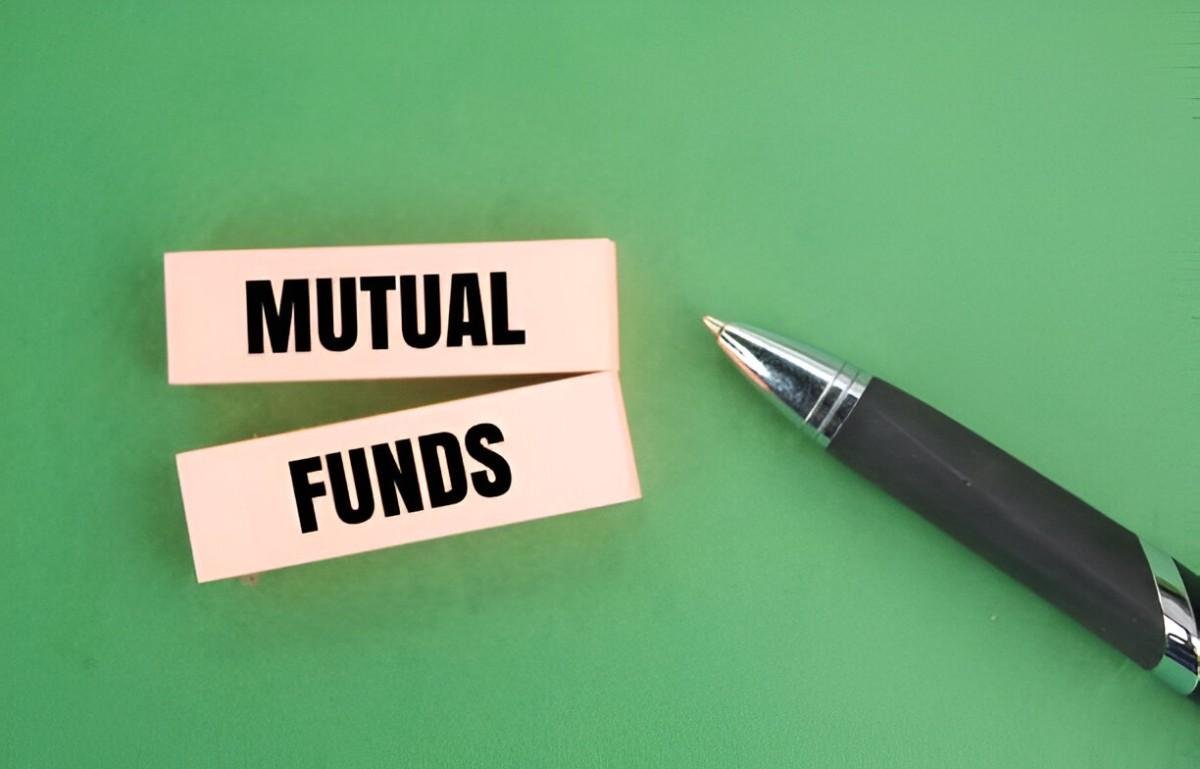If you own mutual funds and earned any dividends or capital gain distributions, you’re probably getting a Form 1099-DIV from your brokerage. It shows what you earned—whether you took the cash or reinvested it.
Even if you didn’t withdraw a penny, the IRS still counts those distributions as taxable income. Let’s go over what it means and what to do.
Table of Contents
📄 What Is Form 1099-DIV?
Form 1099-DIV is an IRS document that reports:
- Dividends your mutual fund paid you
- Capital gains the fund passed on to you
- Any foreign taxes paid on international investments
- Federal tax withheld, if any
It comes from your fund company or brokerage—places like Vanguard, Fidelity, Charles Schwab, etc.—and it’s sent out by mid-February each year for the previous tax year.
📊 What’s Inside a 1099-DIV?
Here’s what the key boxes mean:
| Box | What It Reports |
|---|---|
| 1a | Total ordinary dividends (this is what you usually get taxed on) |
| 1b | Qualified dividends (taxed at lower rates) |
| 2a | Total capital gain distributions |
| 2b | Unrecaptured Section 1250 gains (usually for REITs, not most funds) |
| 2c | Section 1202 gains (rare) |
| 3 | Nondividend distributions (not taxed right away but reduce your cost basis) |
| 6 | Foreign tax paid (can claim as credit or deduction) |
| 7 | Foreign country (where tax was paid) |
| 9 | Cash liquidation distributions |
| 10 | Non-cash liquidation distributions |
🧾 Mutual Fund Investors—What You Need to Know
1. Ordinary Dividends (Box 1a)
These come from the fund’s interest or stock dividends. Most of this is taxable at your ordinary income rate, unless part of it is “qualified” (see next).
2. Qualified Dividends (Box 1b)
These are taxed at the lower long-term capital gains rates (0%, 15%, or 20%, depending on your income). To qualify, the fund must have held the stock for a certain time.
3. Capital Gains (Box 2a)
This is your share of profits from when the mutual fund sold stocks it owned. Even if you reinvested the gains, you owe taxes.
4. Nondividend Distributions (Box 3)
These aren’t earnings—they’re a return of your investment. You don’t get taxed now, but they reduce your cost basis, which could raise taxes later when you sell.
5. Foreign Tax Paid (Box 6)
If your mutual fund held foreign stocks, it may have paid taxes to other countries. You might be able to claim this as a credit on your tax return.
🧮 Example: How This Plays Out
Let’s say your 1099-DIV shows:
- Box 1a: $800 (ordinary dividends)
- Box 1b: $500 (qualified dividends)
- Box 2a: $1,200 (capital gains)
- Box 6: $35 (foreign tax paid)
Here’s what you’d likely do:
- Report $800 as income, but only $300 is taxed at your regular rate (the other $500 is “qualified” and taxed lower).
- Report $1,200 as long-term capital gains.
- Claim $35 as a foreign tax credit on Form 1116 (if you qualify).
💰 What If I Reinvested the Dividends?
Even if you reinvested all your dividends into buying more fund shares, you still owe taxes on them for that year. Think of it like income you chose to reinvest instead of spending.
🧾 Where Does This Go on My Tax Return?
- Dividends and capital gains go on Schedule B and Schedule D, respectively.
- If you use tax software like TurboTax or TaxAct, you can usually import your 1099-DIV directly from your broker.
- Foreign tax credit (Box 6) may go on Form 1116, depending on the amount.
⚠️ Common Mistakes to Avoid
- Forgetting reinvested dividends – These still get taxed.
- Not checking “qualified” vs. “ordinary” – They’re taxed differently.
- Overlooking foreign tax credits – Could save you money.
✅ Final Thoughts
1099-DIV may look small, but it matters. Even if you didn’t get cash in hand, the IRS sees those earnings. The good news? It’s not hard to deal with once you know where everything goes.
If you’ve got a 1099-DIV in front of you and want help breaking it down line by line, feel free to drop in the details (without personal info). I’ll help you sort it out.





